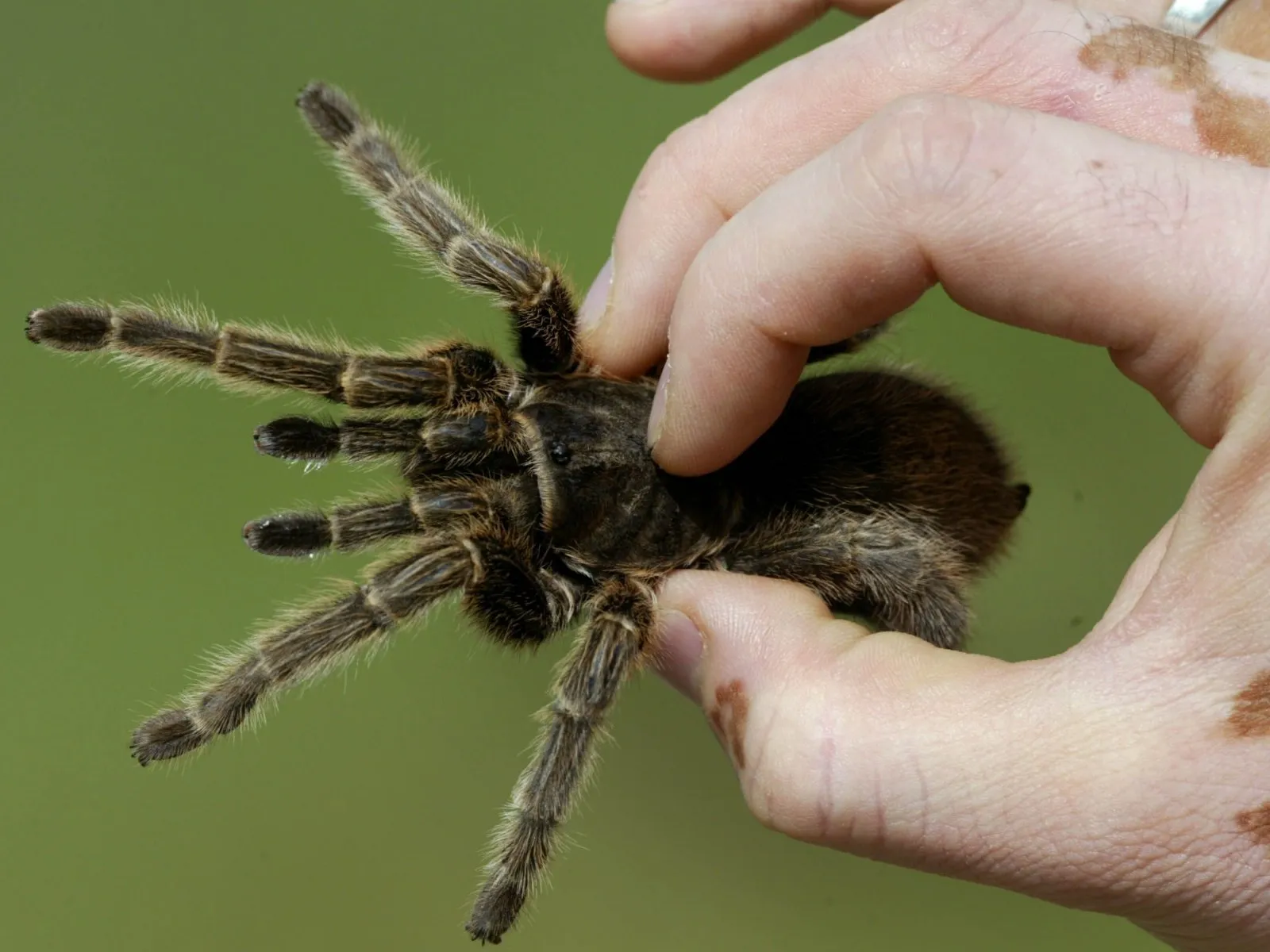What Do Tarantulas Eat
Understanding a tarantula’s diet is crucial for its health and well-being. As obligate carnivores, tarantulas primarily consume insects, but their diet can extend to small vertebrates depending on the species and size of the spider. The key is to provide a varied and appropriate diet to ensure your tarantula thrives. Providing the right food not only meets their nutritional needs but also stimulates their natural hunting behaviors. It’s important to avoid feeding them anything that could be harmful, such as prey that has been exposed to pesticides or other chemicals. Additionally, the size of the prey should always be considered in relation to the tarantula’s size to prevent potential difficulties in feeding.
Insects
Insects form the cornerstone of a tarantula’s diet. They are readily available, relatively easy to acquire, and provide essential nutrients. The most common feeder insects are readily available at most pet stores, making it easier for owners to manage their tarantula’s feeding schedule. The nutritional content of the insect directly impacts the tarantula’s health, so variety is key. Providing a range of insects ensures your tarantula receives a balanced diet, promoting healthy growth and development. It’s also important to gut-load the insects before feeding them to your tarantula. This means feeding the insects nutritious food so that the tarantula benefits from the nutrients in the insects’ digestive tracts.
Crickets
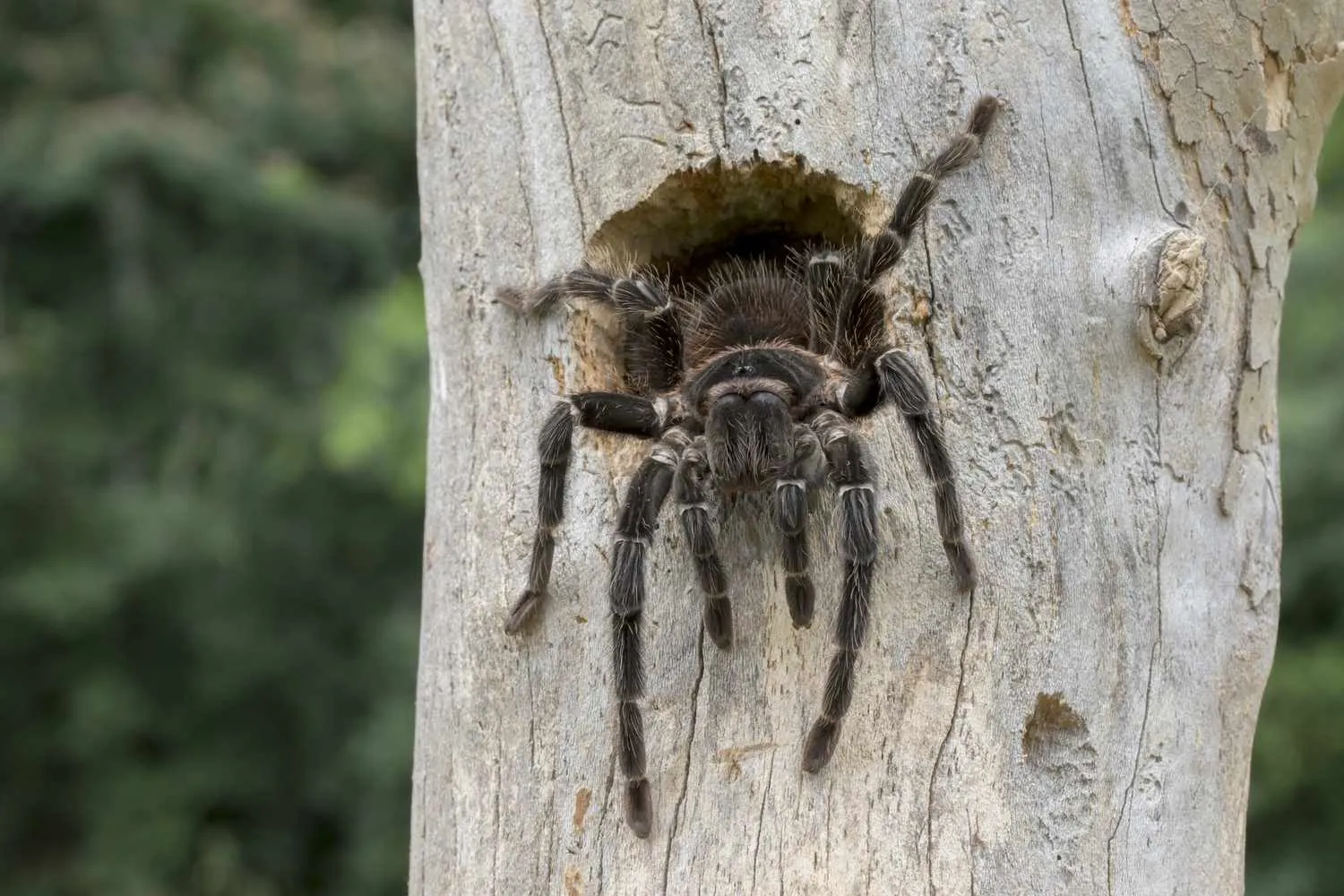
Crickets are a popular choice due to their availability and ease of handling. They provide a good source of protein, which is vital for tarantula growth and overall health. However, crickets can sometimes be challenging to keep alive and may require special care to ensure they are healthy when fed to your tarantula. Always make sure the crickets are gut-loaded with nutritious food, such as fresh vegetables and commercial cricket food, to enhance their nutritional value. Monitoring the crickets before feeding them is also important; they should be lively and free of any signs of disease or parasites. Avoid using wild-caught crickets due to the risk of introducing parasites or pesticides into your tarantula’s environment.
Mealworms
Mealworms are another convenient option, often easier to manage than crickets. They’re readily available and can be stored for longer periods. Mealworms offer a good source of protein, but they are higher in fat, so they should be given in moderation. Overfeeding with mealworms can lead to excessive weight gain, which might affect the tarantula’s health. To provide a balanced diet, supplement mealworms with other types of insects and consider dusting them with calcium and vitamin supplements. Keeping the mealworms in good condition before feeding them to your tarantula is crucial, so they remain a healthy and safe food source. This includes providing them with a clean environment and nutritious food.
Roaches
Roaches, such as Dubia roaches, are a highly nutritious food source and are becoming increasingly popular among tarantula keepers. They have a favorable meat-to-exoskeleton ratio, providing more nutrients. Roaches are also relatively easy to breed, making them a sustainable food source. They are less likely to burrow or escape, making them safer to use than some other feeder insects. The nutritional profile of roaches makes them an excellent choice for tarantulas, promoting better growth and overall well-being. Feeding roaches can also stimulate a tarantula’s hunting instincts, providing enrichment.
Other Insects
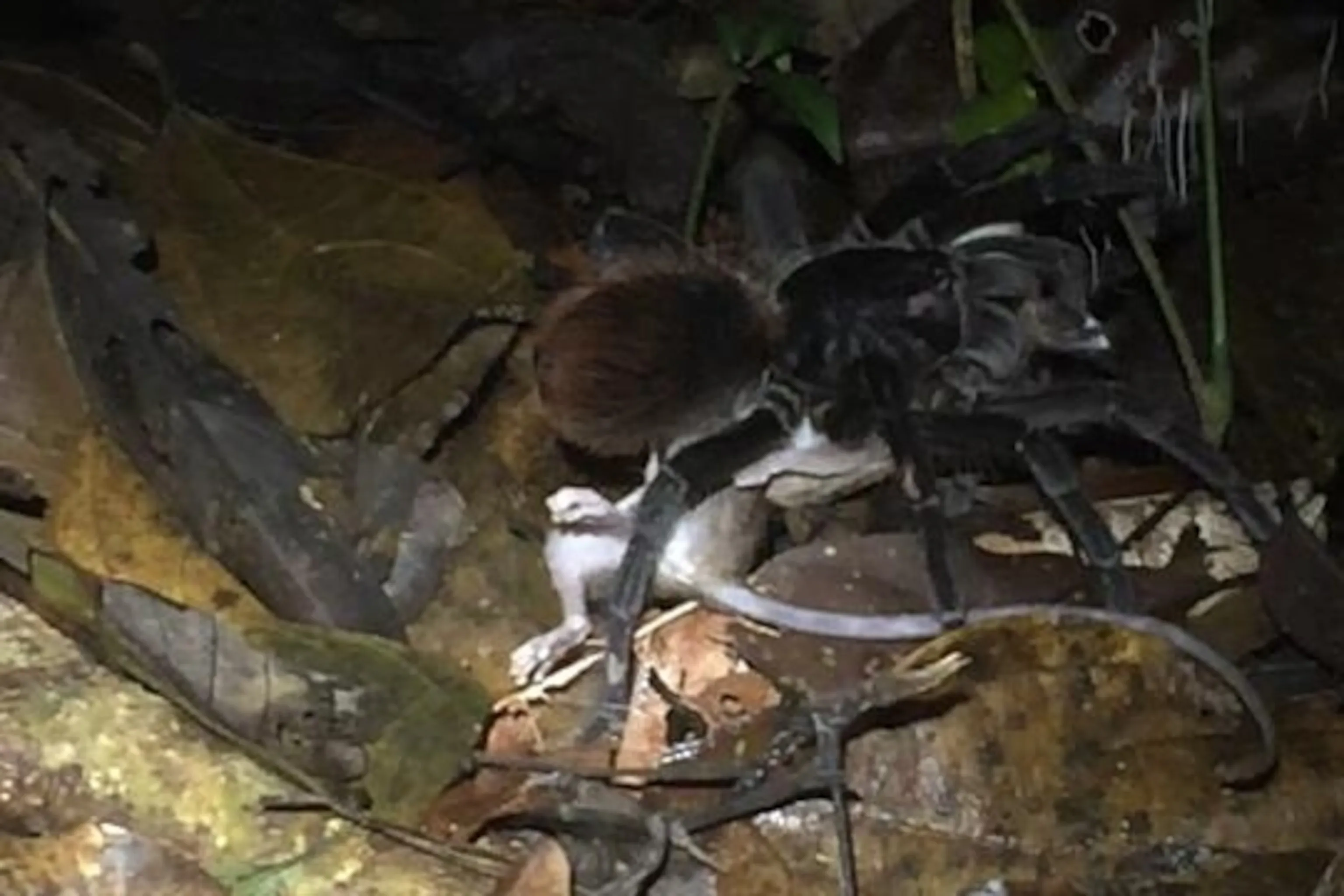
Beyond crickets, mealworms, and roaches, you can also feed your tarantula other insects to provide dietary variety. Superworms, waxworms, and silkworms are occasionally used. However, these should be given sparingly, as they are often high in fat. Providing a diverse range of insects helps to mimic the natural diet of a tarantula, promoting better health. The key is to research each type of insect to ensure it is appropriate for your tarantula’s specific needs and to feed insects that are free of any diseases or parasites. Always gut-load these insects to increase their nutritional value.
Small Vertebrates
Larger tarantulas can sometimes consume small vertebrates. However, this should only be offered occasionally. The most common options are pinkie mice or small lizards, but this depends on the size and species of the tarantula. Always consider the size of the prey to ensure it is appropriate for your tarantula, avoiding prey that is too large, as this can be dangerous. Small vertebrates provide a concentrated source of nutrients, but they should not form the primary part of the tarantula’s diet. Excessive consumption can lead to health issues. Always monitor your tarantula’s health and adjust feeding accordingly.
Pinkie Mice
Pinkie mice, which are baby mice, are sometimes used as a treat for larger tarantulas. They provide a good source of protein and other nutrients, but they should be offered sparingly, as they are very high in fat. It is essential to source pinkie mice from reputable suppliers to ensure they are healthy and disease-free. Overfeeding pinkie mice can lead to obesity and other health problems in your tarantula. Monitor your tarantula’s body condition and adjust feeding frequency as needed.
Small Lizards
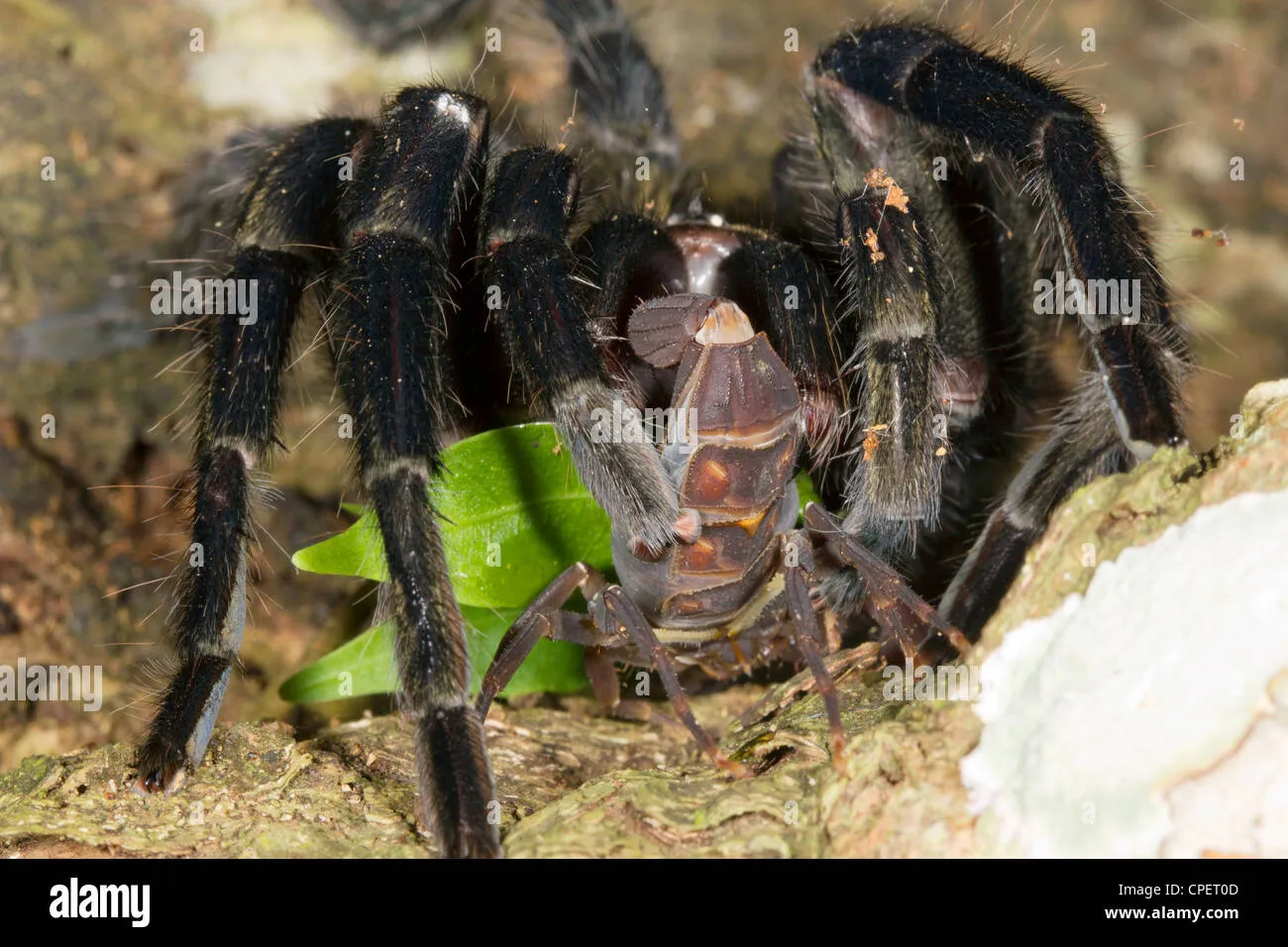
Some tarantula keepers may feed their large tarantulas small lizards. This should only be done if you are certain of the lizard’s origin and health. Always avoid feeding wild-caught lizards due to the risk of introducing parasites or diseases into your tarantula’s habitat. If you choose to feed lizards, make sure they are of a safe size. It is crucial to observe your tarantula after feeding to ensure it digests the lizard properly.
Tarantula Feeding Frequency
The frequency of feeding varies depending on the tarantula’s age and size. It is essential to feed your tarantula the right amount at the right time to ensure it remains healthy. Overfeeding can lead to obesity, while underfeeding can stunt growth and weaken your tarantula. Monitoring your tarantula’s abdomen is essential to determine its feeding needs. A plump abdomen typically indicates a well-fed tarantula, while a thin abdomen suggests a need for more food. It is also important to consider the tarantula’s molting cycle.
Feeding a Juvenile Tarantula
Juvenile tarantulas require more frequent feedings due to their rapid growth. They should be fed about once or twice a week, depending on their size and metabolism. The size of the prey should be appropriate, usually no larger than the tarantula’s body. Provide a consistent feeding schedule and monitor the tarantula’s abdomen. Adjust the frequency based on the tarantula’s eating habits and overall health. Ensure that the insects offered are of a manageable size for the tarantula to capture and consume without difficulty. Clean up any uneaten food promptly to maintain a healthy enclosure.
Feeding an Adult Tarantula
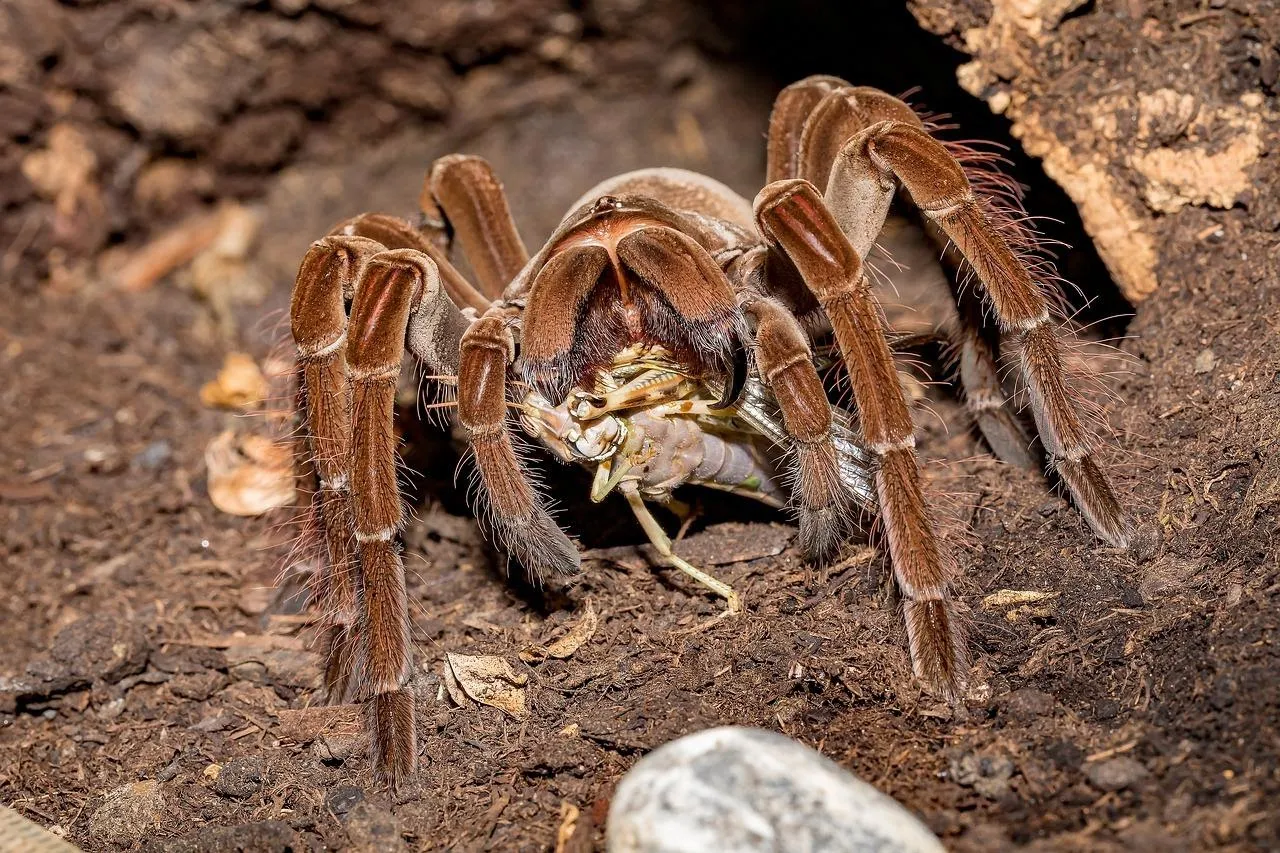
Adult tarantulas have slower metabolisms and require less frequent feeding. They can be fed about once every one to two weeks. Some adult tarantulas may even go for months without eating, especially before a molt. Monitor your adult tarantula’s body condition, and adjust the feeding schedule accordingly. It is important to provide a varied diet and appropriate-sized prey, observing the tarantula’s behavior to ensure it is eating well. Remove any uneaten food promptly, and ensure the enclosure is clean and well-maintained.
Factors Affecting Feeding
Several factors can influence a tarantula’s feeding habits. Temperature, humidity, and the molting cycle all affect their appetite. Tarantulas typically eat less when they are about to molt. A tarantula may also refuse food due to stress or illness. Environmental factors like temperature and humidity can affect a tarantula’s metabolism and appetite. Always provide a suitable environment for your tarantula. Monitor your tarantula’s behavior and the conditions in the enclosure to provide appropriate care. Regularly check the tarantula’s overall health and adjust feeding accordingly.
Tarantula Feeding Behavior
Observing a tarantula’s feeding behavior is fascinating. They have several unique ways of capturing, subduing, and consuming their prey. Understanding these behaviors can help you better care for your tarantula and ensure it is eating properly. The process involves the strike, the use of venom, and the eventual consumption of the prey. Recognizing these behaviors will help you provide the appropriate environment and food.
The Strike
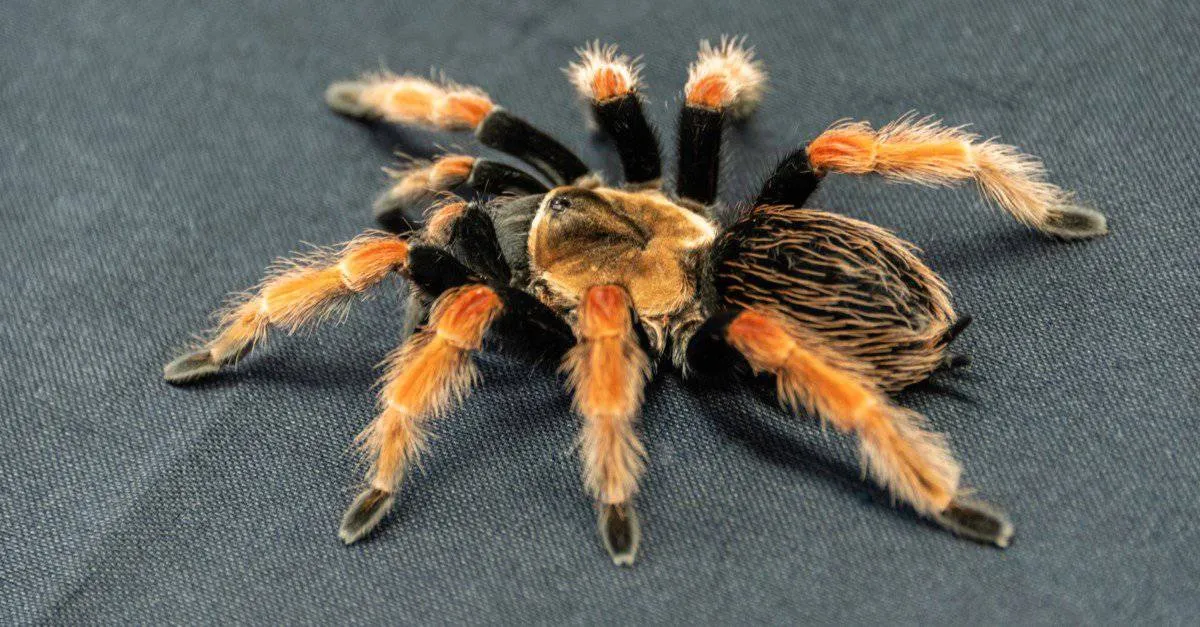
The strike is a tarantula’s initial move to capture its prey. It is a swift and precise action, where the tarantula quickly lunges at its target, using its fangs to inject venom. The venom quickly paralyzes the prey, making it easier for the tarantula to handle. Observing the strike behavior is a fascinating part of tarantula keeping. Ensure the prey is of the right size to prevent injury to your tarantula. This initial strike is critical to the feeding process, securing the prey for consumption. Provide a safe environment free of obstructions to prevent injury during the strike.
The Consumption
Once the prey is subdued, the tarantula uses its chelicerae and pedipalps to manipulate and break down the food. They inject digestive enzymes into the prey, which break down the internal tissues, creating a liquid meal. The tarantula then sucks up the liquefied contents, leaving behind the exoskeleton. The tarantula will usually consume the prey in a safe and secluded location within its enclosure. Watching this process is a remarkable example of nature’s efficiency. This digestive process is slow, allowing the tarantula to extract all nutrients from the prey. Always maintain a clean enclosure to prevent the build-up of waste.
The Leftovers
After consuming its meal, the tarantula typically leaves behind the exoskeleton of the prey. These leftovers should be removed from the enclosure to maintain a clean and healthy environment. Leaving uneaten parts can attract mites and other pests, which can harm the tarantula. Regularly check for and remove any remnants of the meal to prevent health issues. Proper hygiene in the enclosure is vital for the tarantula’s well-being. Make sure the enclosure is clean and properly ventilated to ensure the health of your pet.
Tarantula Feeding Mistakes

Avoiding common feeding mistakes is essential to ensuring your tarantula’s health and longevity. These mistakes can range from improper prey size to overfeeding and using contaminated prey. By being aware of these pitfalls, you can provide the best possible care for your pet. Careful consideration of the tarantula’s diet, prey, and environment is critical. Education and vigilance can help prevent potential problems.
Overfeeding
Overfeeding is one of the most common mistakes. Feeding your tarantula too often or providing prey that is too large can lead to obesity. Overweight tarantulas can suffer from health issues, affecting their molting cycle and overall health. It is essential to monitor the tarantula’s body condition and adjust the feeding schedule accordingly. Reduce the frequency of feeding or provide smaller meals if your tarantula is showing signs of being overweight. A healthy tarantula should have a plump abdomen but not one that is overly distended. Avoid feeding your tarantula right before it molts, as this can be stressful and hinder the process.
Improper Prey Size
Providing prey that is too large for your tarantula can be dangerous. The tarantula may struggle to subdue the prey, which can lead to injury. If the prey is too large, the tarantula might refuse to eat it, leading to underfeeding. The general rule is to offer prey that is no larger than the tarantula’s body. Consider the size and species of your tarantula to ensure the prey is appropriate. Correct prey size is vital to the tarantula’s health and safety. Remove any uneaten prey to prevent stress and ensure the enclosure remains clean.
Using Wild-Caught Insects

Feeding your tarantula wild-caught insects can introduce parasites, pesticides, and diseases. Wild insects may carry harmful pathogens that can affect your tarantula’s health. Always use commercially available feeder insects from a trusted source. If you have to use wild-caught insects, quarantine them for a period to observe for any signs of illness or parasites. Proper sourcing of food is critical to preventing health problems in your pet. Avoid this mistake to ensure your tarantula is healthy and safe. Stick to commercially available insects, and always prioritize the health and well-being of your tarantula.
